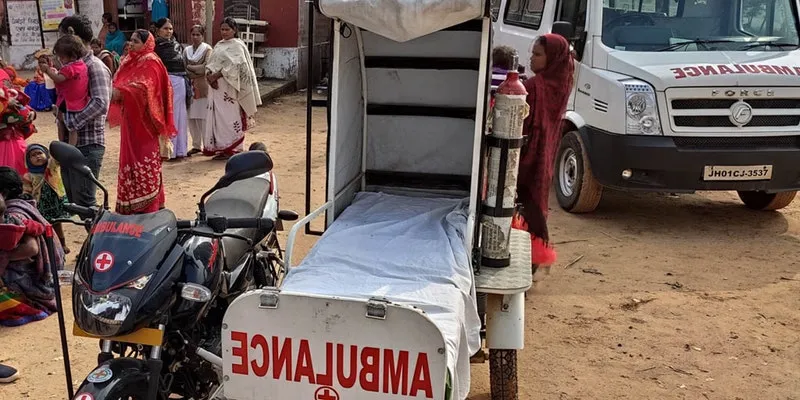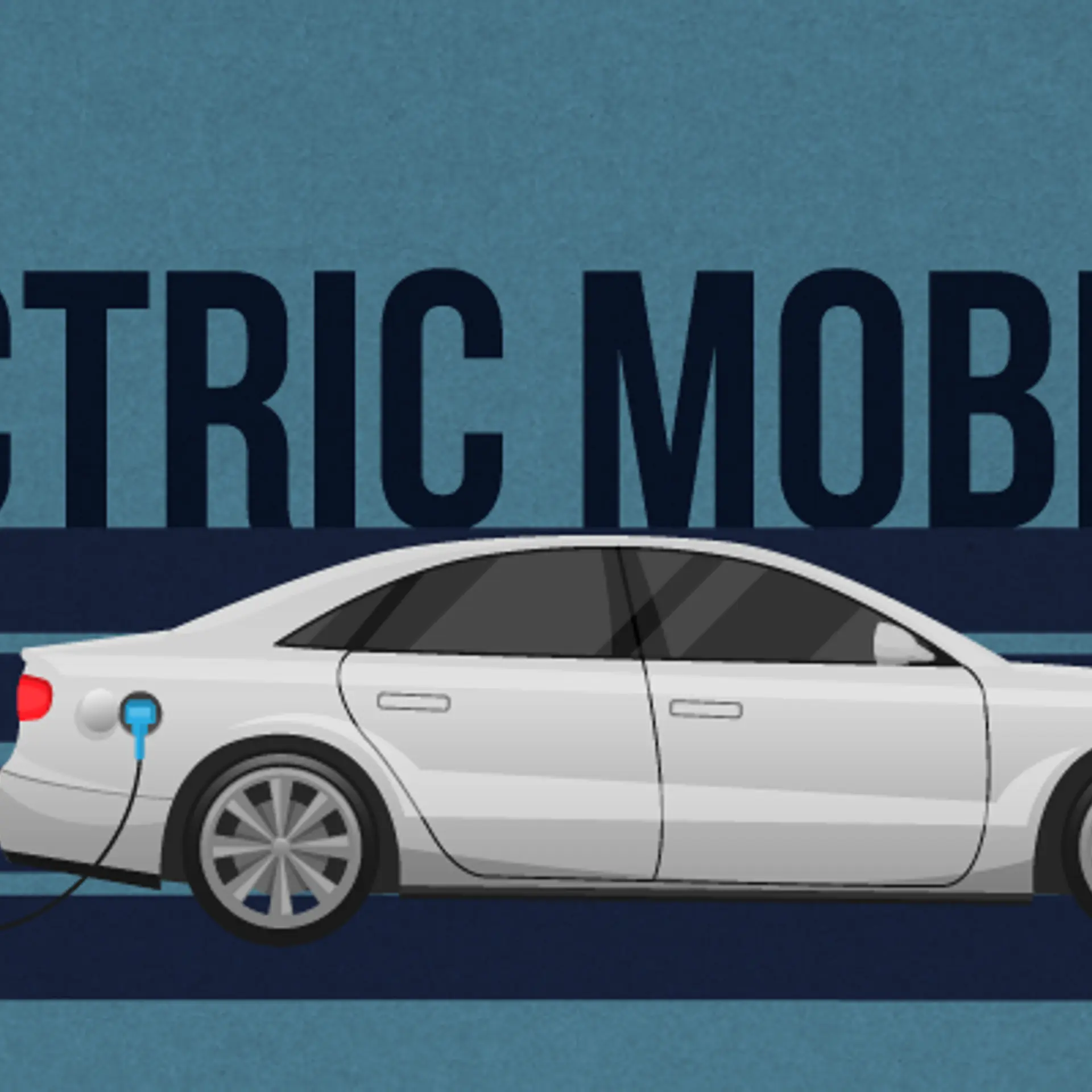How bike ambulances are helping patients in Jharkhand’s remote regions
The Chatra district administration in Jharkhand has launched 12 bike ambulances under a pilot project to save lives of people in non-motorable interior areas .
Jharkhand is a young and relatively poor state grappling with troubling health indicators. For example, the Maternal Mortality Rate (MMR) in Jharkhand was 165 against the national average of 130, as per the Sample Registration System (SRS) 2018 report.
There is also concern of a shortage of public health infrastructure and human resources, more so in rural spaces. There are 330 primary health centres (PHCs) in the state, against the requirement of 1,684, and just three medical colleges represent the apex speciality institutes.
The population is widely spread and separated by forest areas. Some villages are remote, affecting the reach of development activities, including health interventions. Some of the areas are also affected by extremism.

Bike Ambulance (Image: Abhijeet Jadhav)
The state and district administrations are trying cost-effective innovations to solve these problems. Access to emergency medical care in Chatra district using bike ambulances is one initiative to bring about change.
The district administration has launched motorcycle or bike ambulances. Twelve bike ambulances are operational under this pilot project. The bike ambulance was first introduced in World War I by British war engineers.
In India, a couple of bike ambulance projects are operational at various places. Karimul Haque received the Padma Shri in 2017, for helping thousands of patients in Jalpaiguri district of West Bengal, by taking them to hospitals on his motorcycle.
At present, two ambulances work in the serving area of one PHC each in Chatra. The district has 60 percent area under forest cover, and many villages are not connected to arterial roads. The advantage a bike ambulance offers is that it can reach non-motorable interior areas.

Image: Abhijeet Jadhav
The bike is outfitted with a stretcher, medical kit, oxygen cylinder, saline-bottle holder, siren, reflectors, etc. The local health workers and panchayat have the drivers’ numbers. When in need, they contact the driver, who reports to the medical officer. The drivers are local youth trained in first aid.
Positive initiative
In the absence of pre-existing guidelines, the initiative in Chatra had to deal with complicated bureaucratic procedures to mobilise funds. Earlier efforts in other parts of India were by the local administration, working with the limitations of inadequate resources and freedom.
The initial bulk purchase was through the Member of Parliament Local Area Development Scheme (MPLADS) fund. At present, the initiative is maintained with funds mobilised from Rogi Kalyan Samiti or Patient Welfare Committee programme and some interest from District Mineral Fund Trust (DMFT) funds.
The team is constantly collecting data to enhance the efficacy of the service.
Bike ambulances cost around Rs 2.4 lakh as against Rs 13 lakh for four-wheeler ambulances with basic life support and Rs 25 lakh for ambulances with advanced life support.
However, there are a few parameters where the two cannot be compared. Nevertheless, they can be pressed into service when there is a dearth of funds and a need to serve interior areas. There have been instances of the two models working in a complementary manner as well.
Within a few months launch, the bike ambulances have helped more than a 1,000 patients - just at the pilot phase.
Reaching inaccessible hospitals
In Chatra, the six block-level PHCs and six additional PHCs serve at least double the population than what is recommended. The distance between the PHCs and the district hospital (DH) varies from 12 to 85 km, with an average distance of 40 km. While PHCs cater to villagers’ primary health ailments, the DH is their only hope for complicated health problems or emergencies.
Currently, in Chatra district, the Central government has provided 10 ambulances under the National Health Mission (NHM), popularly known as 108 Ambulance.
The state government has provided six ambulances – one for each of the six health blocks. Two ambulances have been newly purchased from DMFT for places of high need.

Image: Abhijeet Jadhav
There are 110 contractual vehicles for transportation and allied activities, exclusively for maternal and child health care. Called Mamata Vahan, these are not ambulances. However, the number of ambulances is way lesser than needed.
As per national records in 2019, 331 posts of doctors were vacant at PHC level, against the sanctioned number of 667. At community health centres, 634 posts were vacant against the sanctioned 700 specialist doctors.
Such pilot projects have great potential. If they succeed, they can be expanded and replicated in similar geographies. Even if they fail, they help gain knowledge and work on future initiatives.
(Edited by Javed Gaihlot)







